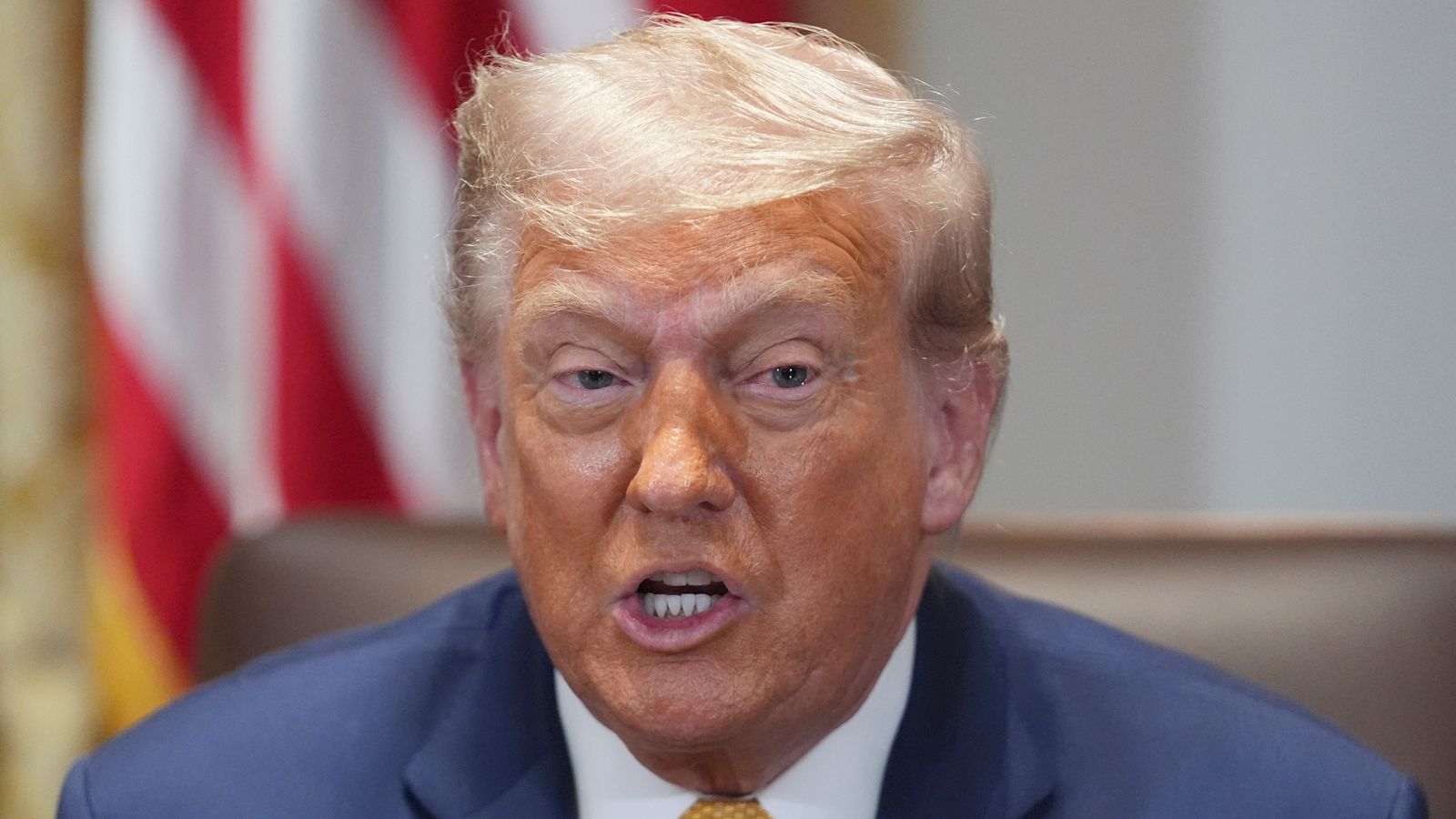There are many reasons to switch to electric cars instead of fossil fuel cars — better performance, quieter driving, lower operating and maintenance costs, and, of course, cleaner driving with zero tailpipe emissions. While many people buy electric vehicles for some of those initial benefits or for a combination of all of them, it is well known that many buyers put the last benefit (cleaner driving with zero tailpipe emissions) as their primary one. BMW is aware of this, and may also feel some moral responsibility to cut emissions (maybe). In response, BMW Group has teamed up with Pacific Gas and Electric Company (PG&E) to offer certain California residents more green, renewable energy via smart charging.
Not only that, but the program, ChargeForward, provides BMW EV and plugin hybrid drivers with incentives for maximizing their renewable energy use while charging! They get $150 for signing up for the program and get up to $250 per year if they follow ChargeForward instructions to do this. “The total amount earned over the two years depends upon individual participation in charging events. These incentives can offset the extra cost for some drivers, depending on their electricity rate. For example, during the Spring and Fall months, program participants could earn incentives that offset the entire cost of charging their vehicle, charging 750 miles per month with clean electricity at no cost due to the ChargeForward incentives and plugging into the grid when renewable energy is highly available.”
This is a 24-month pilot program that opened up on Monday, March 22. It is available to BMW plugin vehicle drivers who live in Northern or Central California and are PG&E electric customers. It is in the enrollment period right now (enroll if you can!), and the program itself begins in about a month, in mid April. It extends to March 2023. The pilot program is being opened up to 3,000 plugin vehicle drivers, and you can apply to be part of it here.
Right now, only BMW plugin vehicle drivers can apply, but the company intends to open it up to MINI EV drivers soon as well.
What are some key elements of the “smart” aspect of this smart charging program? Here’s a list:
- Tries to get BMW plugin vehicle drivers to charge during times of low electricity demand.
- Tries to get BMW plugin vehicle drivers to charge when there’s a higher than typical amount of renewable energy pumping into the grid (often midday in California now thanks to all of the low-cost rooftop solar PV systems in the state).
- “Through BMW ConnectedDrive, which enables connectivity between cars, drivers and their surroundings, and a customized BMW ChargeForward smartphone app, participating BMW drivers will be able to opt-out of any smart charging request, based on their driving and personal preferences. When a customer allows their vehicle to be smart charged, the vehicle charging will be shifted to meet the needs of the electric grid.”
What does BMW think is actually possible with this program? It tells us what it expects right up front: “Based on past research, the use of optimized charging can enable electric vehicles to accept an additional 1,200 kilowatt-hours of renewable energy per vehicle per year, which is the equivalent of four months of clean energy charging for a typical battery EV.” Overall, after getting through the first two phases of this program (which included 100 and 400 participants, respectively), “renewable optimizations showed participants averaged more than 55% of renewable energy charging, more than double the national average at the time.” The following are some other results from phase 2 of this process:
- More than 1 million miles powered by 100% renewable energy in one year.
- “Smart charging EVs can reduce greenhouse gas emissions by an additional 32% on average in Northern California, according to research from the University of California Berkeley.”
- “Smart charging, when combined with broad access to workplace charging infrastructure, enables plug-in electric vehicles to more than double their renewable energy usage.”
- “A ‘smart-charging’ plugin hybrid can integrate more renewable energy than a normal-charging all-battery electric vehicle, despite the smaller battery size.” Well, that’s an interesting finding!
You can find more data and results from the initial portions of this extended pilot program here: Phase one and Phase two.
Separately, but in the same vein, BMW Group and PG&E are working together to explore vehicle-to-grid possibilities in the region — something, interestingly, BMW German rival Volkswagen Group is now gung-ho about.
“The more than 315,000 electric vehicles plugging into PG&E’s electric grid offer a unique resource that contributes to building our clean energy future in California. As EV adoption continues to grow, the potential for these clean vehicles as a flexible grid resource becomes more significant. Our ongoing collaboration with BMW has allowed us to explore and demonstrate future possibilities of scaling the smart charging capabilities of this growing resource to support the electric grid,” said Quinn Nakayama, Director of Integrated Grid Planning and Innovation at PG&E.
All images courtesy of BMW Group.










![Watch Honda's Super EV Concept rip around the track during its global debut [Video]](https://i0.wp.com/electrek.co/wp-content/uploads/sites/3/2025/07/Honda-Super-EV-Concept-debut.jpeg?resize=1200,628&quality=82&strip=all&ssl=1)






